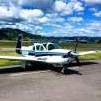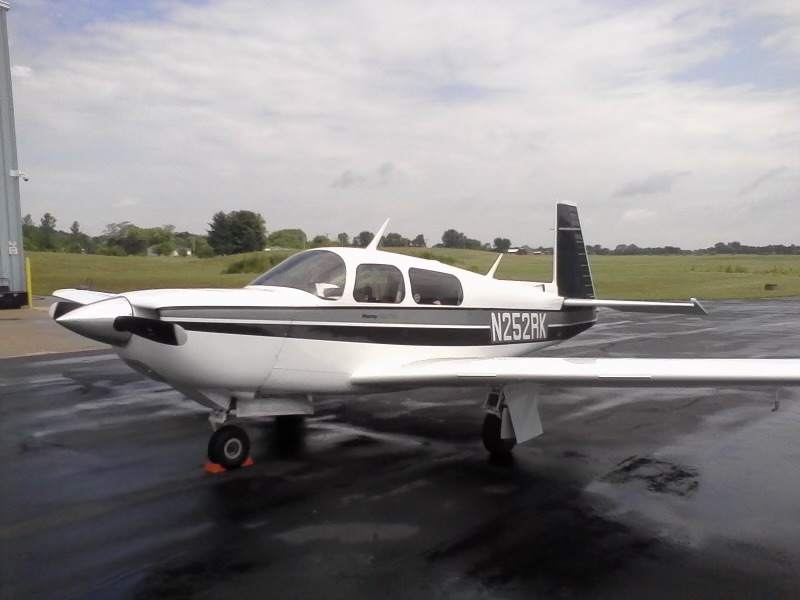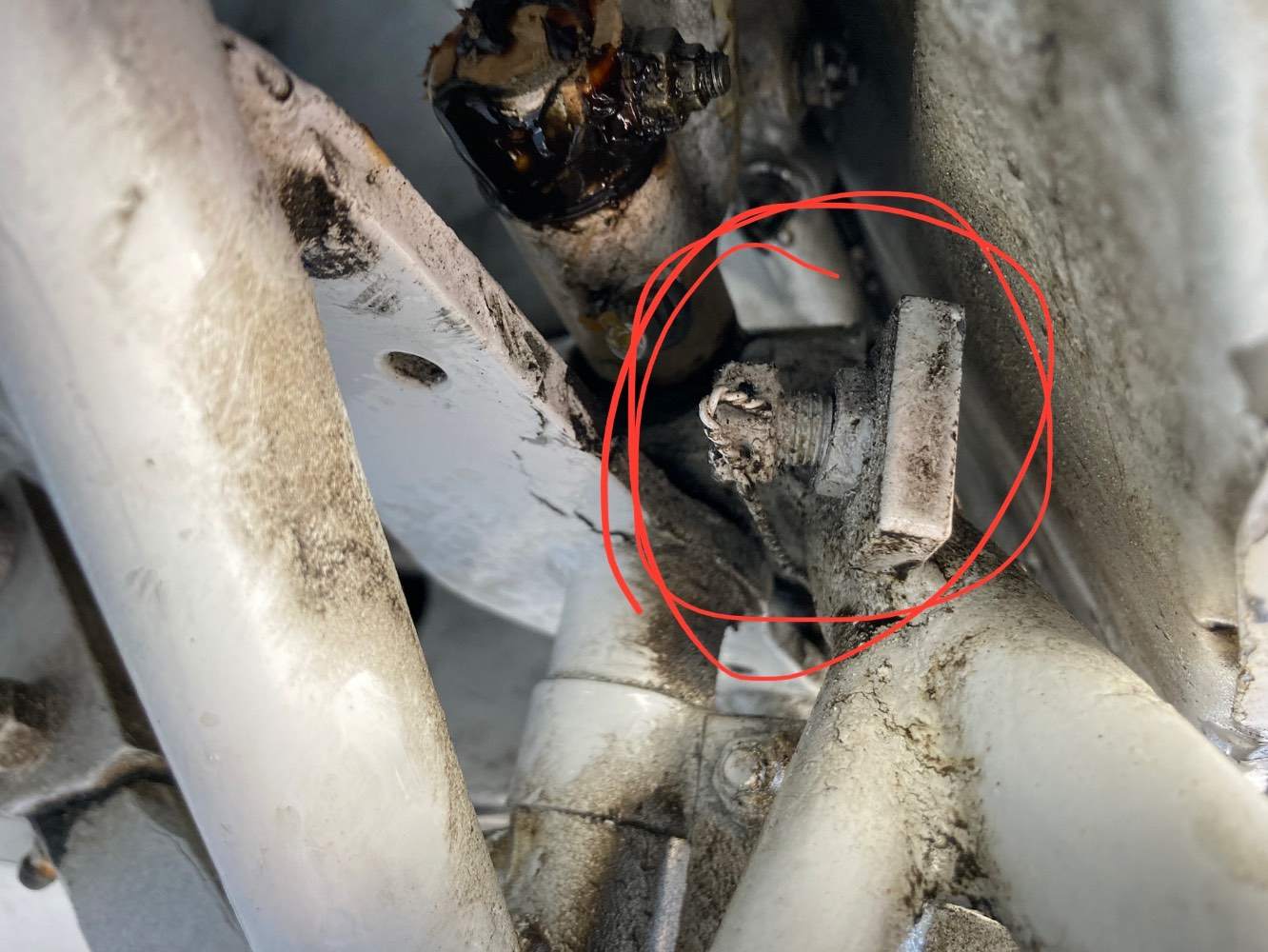-
Posts
5,615 -
Joined
-
Last visited
-
Days Won
28
Everything posted by Ragsf15e
-
I have been to canada a few times recently and read that as well. I took it to mean that the GA and corporate air programs were not affected. I will say that i had my first negative experience going to canada and using our company Corporate Canpass. I’ve been doing it for a while and I follow the rules exactly as published on their website. When I arrived in Kelowna, I was ~10 minutes after my scheduled time and well within my 30 minute window. Iaw the corporate rules, we didn’t need to call, so we exited the airplane and headed to the fbo. About 15 minutes later, I walked out to supervise fueling and customs officers drove up. They weren’t pleased that I was outside the airplane. As politely as I could, I pointed out that I was on corporate canpass. No change in attitude. I pulled out the rules. The officer said, “The people running CANPASS are teenagers and don’t know what they’re doing. Get your passengers back here immediately.” Since he had the badge and gun, I complied by calling them and they drove back. They (but not me because I was “only the pilot”) were taken to the cbo office for about 15 minutes and then released. Funny, the next day I had to come back to pick up the pax. Paranoid, I sat in the airplane and called CANPASS (which you don’t have to do on corporate canpass). Officers (different ones) showed up while I was still on hold about 10 minutes later. I mentioned that I was on corporate canpass and they asked why I was calling and still in the airplane then?
-
Aeromoters rebuild is the usual (and good) solution.
-

Help Troubleshooting Fluctuating Fuel Pressure
Ragsf15e replied to Ragsf15e's topic in General Mooney Talk
@Davidg I was going to say, “they all do this” until i see you have a mechanical gage. @PT20J and I have fought this on and off for a while, but we’ve sort of concluded that it’s something to do with the electrical transducer and eis (he has a g3x and i have a jpi930). Mine has done this on and off for years. Occasionally I try to fight it with a snubber (which caused a self inflicted leak), new lines, tightened connections, etc. I’ve had it steady for about a year at most but it has always returned and I still haven’t nailed down what causes it. However, you would be the first one Ive heard of with a mechanical gage that’s showing the same thing… -
I had my wife and two kids in the airplane on a long xc over eastern oregon when the twins were ~1. We changed my daughter’s dirty diaper across our lap in the front seat. Boy that airplane stunk! I thought long and hard about sliding that diaper out the window and depositing it in eastern oregon, but I was afraid it would hit the tail and explode all over the empennage which would have significantly reduced the cool factor of our arrival at my parents place. I think youd be safe out the door or window with tp though. If you use the door, don’t expect to close it in flight. It’s really tough to open more than 2” and tougher to close.
-
I have a surefly too, but it isn’t “free”. You’ll need to remove interior and run a power wire to the battery. You also might need a new harness to match the SF. That being said, I like mine. if you keep the mag, just do the exchange.
-
I’m betting it’s pretty simple. A loose or corroded connection between the power bus and avionics bus. You need to test several points along the line back from the avionics bus to find that big drop. Could be at the avionics master or at the connections to either bus or at the circuit breakers. 0.5v drop is pretty good resistance at one point! Also, only having the unnecessarily new vr is a win! I got new vr, alt and field wiring before finally doing this testing!
-
100% what eric just said. Test both sides of a breaker as the breaker could be bad. Additionally, it depends on where the jpi power is wired. The jpi comes on with the master, so it’s wired after your master solenoid (mine is right next to the battery). Some installs have a wire run from the solenoid to the jpi, so I’m just saying that it isn’t necessarily connected to the main bus, but that’s a reasonable place to check. You really want to check the install guide to give you an idea. Depending on what type jpi, it might have a fuse but no circuit breaker.
-
Eric, do you happen to know if there’s a separate “sense” wire to the jpi for voltage or is it displaying its own input voltage? It might help narrow down where the loss is?
-
One other thing that’s kind of coincidental… mine ended up very similar. Theres a thick jumper between the power bus and aux bus bar right near it. Mine had a bad connection on that big jumper, so I had 14v on one bus bar and 13v on the one next to it.
-
You still need to check the avionics bus and/or any other busses added over the years. I believe the jpi is not sensing it’s own input, but has a separate Sense wire connected somewhere else. Maybe someone else can confirm that or look through the jpi wire diagram from their website. you’ve narrowed it down for sure. Alt and vr are good.
-
I have a kelly on one side and maggie on the other. Both work. Id use maggie next time for price and easy to work with (ordering, customizing, etc).
-
Yes, I did do that. Both the Zeftronics and plane power sites have troubleshooting guides that lead you through pretty well. You won’t have the full battery voltage on the field wire, but close. The zef troubleshooting guide gives you a range (~11.5-11.8) or so. Heres what I found… it’s relatively easy to find very small losses with just battery voltage and no draw. You can spin your wheels (and I did) finding inconsequential losses. A EE buddy of mine finally suggested following the voltage out of the alternator with the engine running. V=i x r, so you see a bigger voltage drop across the same resistance with higher current. It was pretty clear where the problem was and was not when I tried it this way (with avionics and lights on supplying draw). I dont mean to say there are a few checks that are good to try first. Definitely check the field voltage at the alternator (and the connections there). Check the bus voltage at the cigar lighter to see if it matches your other low indication. I might also try (because it’s easy) testing battery voltage and following that through the starter solenoid and to the bus, but remember that the alternator voltage is following that route TO your battery, not to the bus, so it’s more likely the problem is between the alternator and the bus if the bus is low.
-
If you crank it up and see 14v measured at the alternator, and less than 14v elsewhere, then the alternator isn’t your problem. Be careful near the prop.
-
Yes, mine is like that too. It’s only on when the gear is all the way down. It works regardless of the cockpit lighting settings as well. It sounds like @Hank only works with cockpit lighting on?
-
Interesting. Mine has that light separate from the cabin lights. It comes on when the gear is fully down and makes it easier to see the indicator window.
-
Mine is like that too but also has a light that comes on underneath the floor indicator when the gear is down. Does your C not have a light under the floor indicator?
-
My above post is how mine was solved… here’s a 3 page thread on low voltage…
-
I had the exact same issue. It took 2 years and many thousands of dollars. Finally found the corroded connection myself with a digital voltage meter. I’m not saying this will do it for you, but it takes less than an hour and is easy… Get a dvm. Remove cowling. Get alligator clips attached to the alternator output so you can stay away from the prop. Have a friend stand on the brakes and start the engine. Measure voltage at your cigar lighter to ensure it’s really low. If it’s below 14v, then Measure voltage at the alternator output. If you see 14v there, next check the voltage further back (i used the connection at a noise filter attached to the firewall). If 14v, check it where power comes through the 60/70amp fuse in the cockpit. If 14v, check it on the bus behind the circuit breakers. You’re looking for the connector where voltage is 14v on one side and less on the other. Mine was on the bus where the alternator input connected to the power bus. Once you find it, it’s easy to fix.
-
I’m guessing these are the stops? It hits the head of the bolt before the tubes hit? So if yours completely broke it dropped off on the ramp and the fbo person was likely aware…
-
Ouch. did anything happen to the stops in the tail? And what does the tail look like when those are the only stops?! I basically don’t ever let an fbo tow my airplane. I put a sign (1/2” pvc is good) through the nose gear hollow truss that says don’t tow, call owner. Most places have been ok with me just pushing it where they want me to tie it down.
-

Poll: what power settings do you use on an IO-360?
Ragsf15e replied to AndreiC's topic in Vintage Mooneys (pre-J models)
I use the “power boost” any time above about 2000’, clean air and not imc. I also run full throttle all the time unless I’m in the pattern, instrument pattern or sightseeing. However, I’m always higher than you as I’m out west. You probably want ~75% or below power, so around 23”/2500 rpm or less for engine longevity according to lycoming. The mixture is up to you. Peak isn’t the hottest and it is fine up higher. In fact, it’s probably better than lean of peak if you get down around 60% power (up around 10,000). Around 50 rich of peak will be the hottest. You probably won’t want to be there. you need to learn about 100 rich of peak or ~20 lean of peak and the reasons to use them. Of course you can use other settings, but these are a starting point. Up around 8000’ you can use full throttle and experiment with the mixture without hurting anything because youll be at a low power due to the thin air. I wouldn’t experiment down at your 2-4000’ cruise as you could actually hurt it - which is hard to do in an na 360, but you could potentially get really hot or even detonate down there.




